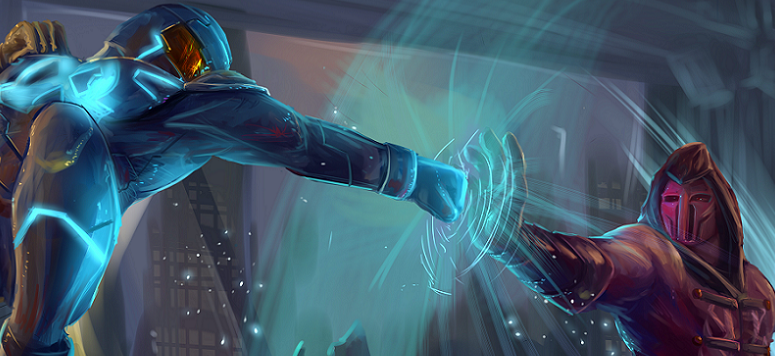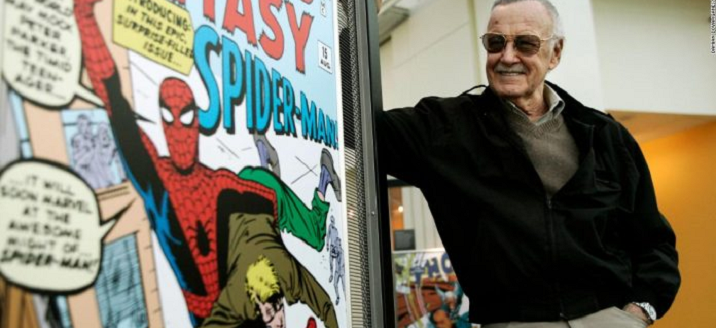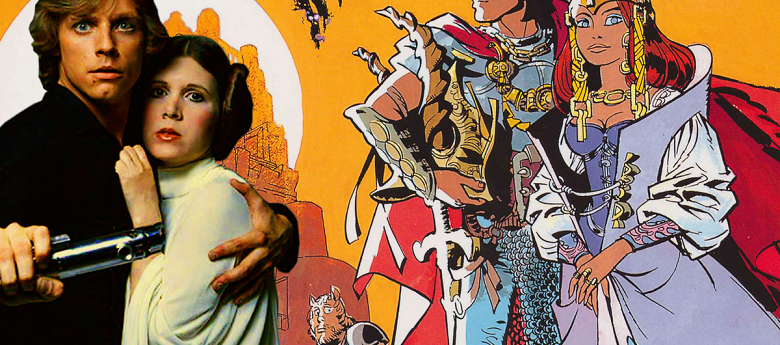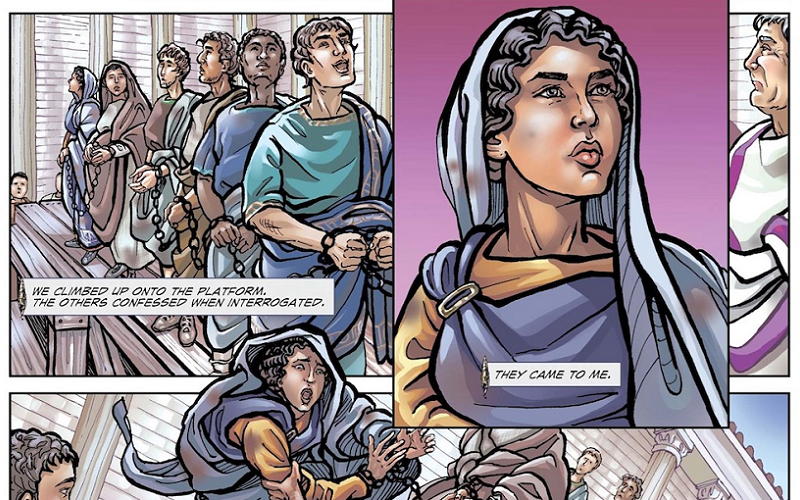Comic books and graphic novels have been a beloved form of storytelling for generations. These visual narratives have captured the imaginations of readers of all ages, and have played an important role in shaping popular culture. From early comic strips to modern graphic novels, the evolution of this unique art form has been marked by creativity, innovation, and a commitment to telling stories that engage, inspire, and challenge us.
Defining Comic Books and Graphic Novels
Comic books and graphic novels are forms of visual storytelling that utilize a combination of words and illustrations to convey a narrative. While both terms are often used interchangeably, there are subtle differences between the two.
Comic books traditionally refer to short-form publications that feature serialized stories and are typically published monthly. Graphic novels, on the other hand, are longer-form works that tell a complete story and are often published as standalone books.
Both comic books and graphic novels can encompass a wide range of genres, including action, adventure, humor, drama, and more, and can be enjoyed by readers of all ages. They offer a unique and dynamic way of telling stories, combining the power of words with the visual impact of illustrations to create a rich and immersive experience.
The History of Comic Books and Graphic Novels
The history of comic books and graphic novels can be traced back to the early 19th century, when newspaper comic strips first emerged. Over time, these strips grew in popularity and evolved into the serialized comic books that we know today. The 1930s and 1940s saw the rise of the “Golden Age” of comics, during which iconic characters such as Superman, Batman, and Captain America were introduced.

This period also marked the beginning of the Comics Code Authority, which was established to regulate the content of comic books and ensure that they were suitable for all ages. In the 1960s and 1970s, the medium began to evolve and mature, as graphic novels and more adult-oriented comic books started to emerge. This period saw the rise of groundbreaking works such as “Maus” and “Watchmen,” which pushed the boundaries of what comics could be and helped to establish graphic novels as a respected form of storytelling.
Today, comic books and graphic novels continue to be popular and influential, and are enjoyed by readers of all ages around the world. The medium has evolved to encompass a wide range of styles, genres, and themes, and continues to be an important and culturally significant form of storytelling.
The Impact of Comics on Pop Culture
Comics have had a profound impact on popular culture, influencing numerous other forms of media and shaping the way that stories are told. The iconic characters and storylines that have emerged from the comic book world have been adapted into films, television shows, and video games, and have become ingrained in the popular consciousness.
In addition, comics have played a role in shaping societal attitudes and values, tackling important political and social issues and representing diverse perspectives. The visual storytelling style of comics has also inspired countless artists and filmmakers, and has had a lasting impact on the way that stories are told and consumed.
The impact of comics on pop culture extends far beyond just entertainment, as these works have the power to challenge and inspire us, and to shape our understanding of the world around us. Despite being often overlooked, the cultural significance of comic books and graphic novels cannot be overstated, and their impact on popular culture will continue to be felt for generations to come.

The Artistic Merits of Comics
Comics offer a unique form of artistic expression, blending words and illustrations to create a visual narrative that can be both beautiful and impactful. The combination of writing and art in comics allows for a level of creativity and innovation that is not possible in other mediums.
Comics allow writers and artists to experiment with storytelling techniques, and to explore complex themes and ideas in new and exciting ways. The visual nature of comics also allows for a level of immersion that is not possible with prose alone. The illustrations in comics provide a richness and depth to the story that can bring the characters, settings, and themes to life in a way that is not possible with words alone.
The artistic merits of comics are not limited to the visuals; the writing in comics is also a crucial component, and can be equally as powerful and impactful as the illustrations. The combination of writing and art in comics creates a unique and dynamic form of storytelling that can inspire and engage the reader in a way that is not possible with other mediums.
The artistic merits of comics are undeniable, and their ability to captivate and inspire continues to make them a respected and valued form of artistic expression.
The Social Significance of Comics
Comics have long been recognized for their social significance, as they provide a powerful platform for addressing important political and social issues, and for representing diverse perspectives. Throughout their history, comics have tackled a wide range of controversial topics, from war and prejudice to gender and sexuality.
They have provided a voice for marginalized communities, and have helped to raise awareness about important social issues. Comics have also been a source of education and inspiration, inspiring readers to think critically about the world around them and to engage with important social and political issues.

The ability of comics to inspire and educate has been particularly important in helping to shape public opinion and drive social change. In recent years, comics have also played a role in promoting inclusiveness and diversity, providing representation for marginalized communities and helping to challenge harmful stereotypes.
The social significance of comics cannot be overstated, as these works have the power to spark important conversations and to inspire positive change in the world. They are a crucial form of artistic expression, and continue to be a valuable tool for shaping the way that society views and understands the world around us.
Which Has More Cultural Significance, Comics or Graphic Novels?
It is difficult to determine which form of visual storytelling, comics or graphic novels, has more cultural significance, as both have played an important role in shaping popular culture.
Comics, with their short-form, serialized format, have a long history of influencing popular culture and have been a staple of the entertainment industry for decades. They have introduced us to iconic characters and memorable storylines, and have provided a platform for addressing important political and social issues.
Graphic novels, on the other hand, have more recently emerged as a respected and mature form of storytelling, offering a longer-form and more comprehensive narrative experience. These works often tackle complex themes and ideas, and provide a visual and emotional depth that is not possible with other mediums.
Both comics and graphic novels have their own unique cultural significance, and both have the power to captivate and inspire readers. Ultimately, the cultural significance of both forms of visual storytelling is undeniable, and both continue to play an important role in shaping the way that stories are told and consumed.

